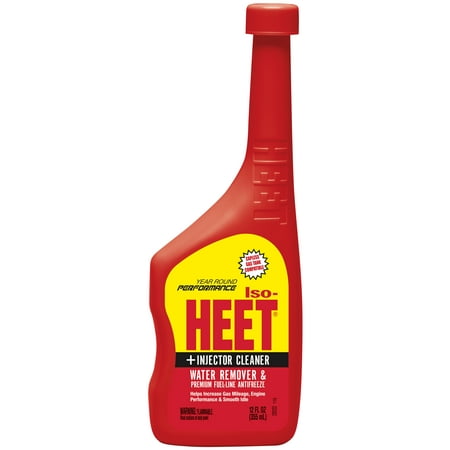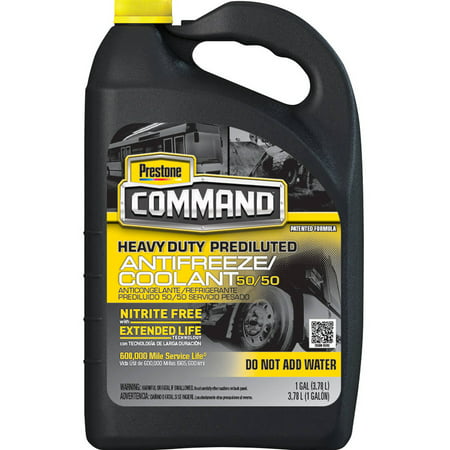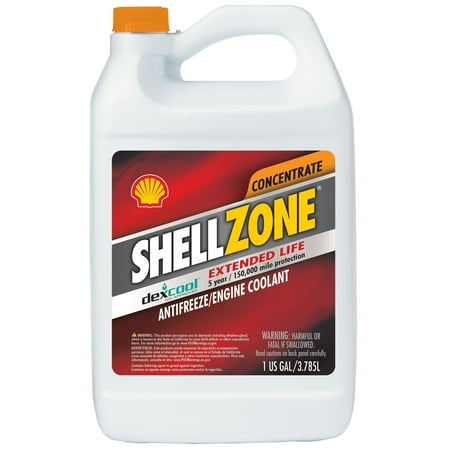ZEREX ZXELRU1 DEX-COOL Antifreeze / Coolant – Gallon; ZXELRU1
Product Description:DEX-COOL READY-TO-USE AFC –

ZEREX DEX-COOL antifreeze coolant is approved by General Motors to the GM 6277M specificationZEREX DEX-COOL antifreeze coolant contains no phosphates, silicates, borates, nitrates, amines and nitritesValvoline ZEREX DEX-COOL antifreeze coolant is a patented* carboxylate formulation with a service life of up to five years or 150,000 milesWhen diluted 50% with water, ZEREX DEX-COOL protects modern engine components from winter freezing and summer boiling





Reviews
There are no reviews yet.